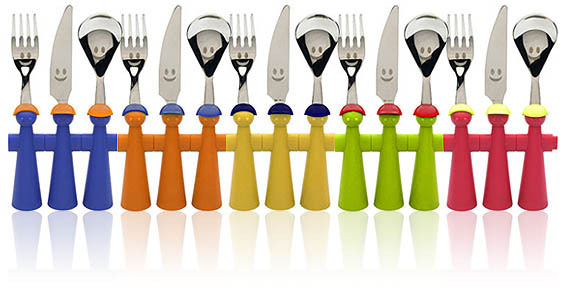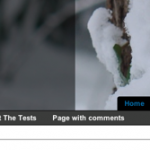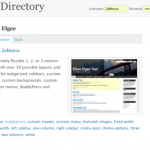The “Duke” Is Back In Town
WordPress version 2.0 (“Duke”) was officially released this week with very little initial fanfare, although the main WP site was given a complete facelift to mark the occasion. You can grab the 2.0 release on the download page. Be warned, however, that there have been a lot of complaints from users over on the discussion lists (and other places as well) about bugs cropping up in this new version; it is a .0 release, so there will probably be quite a few of those bugs to stamp out as it gets deployed widely. This main site is still running the older 1.5.2 codebase, while I’ve “secretly” had Brad, AndyOne and Andy II running on the 2.0 alpha/beta code ever since their sites’ inceptions. I’ll be moving LB to the 2.0 codebase very soon, probably this weekend some time, so expect some downtime. I was waiting on a few of the plugins that I use on a regular basis to release 2.0-compatible versions; most of them have done so at this point so I feel relatively comfortable in making the jump.
WordPress 2.0 – A Boon To Theme And “Framework” Authors
The vast majority of the work put into WP 2.0 was behind-the-scenes, “architecture”-type stuff, with precious few differences that will be visible to the end users. There has been a good deal of effort put into the editing interface and the administrative side of things, with a lot of AJAX and AJAX-ish touches being added in order to streamline the content authoring process. Owen Winkler has a rather comprehensive list of the major changes, although the one of particular interest to me is the implementation of functions.php. Basically, the new WP architecture allows any theme author to include a functions.php file along with their theme. Any code contained in that file is executed along with the other WordPress hooks whenever someone views the site, meaning that theme authors can begin to provide more than just looks with their themes – they can start including other functionality as well. functions.php, if included in a theme, is treated as an automatic plugin, basically, so now themes can easily create their own admin/options interfaces, include other plugins and in general act like more than just a pretty face on top of the WordPress engine.
Several teams of enterprising developers had begun creating “theme engines” or “frameworks” based on the WP 1.5.x code tree prior to the release of WP 2.0. These engines were more than simply themes; they included default hooks for some common and not-so-common plugins, as well as theme option pages and a host of ways to customize the look and feel of the themes without actually touching any of the theme files themselves. There are four fairly prominent frameworks that I have come across, three of which have released 2.0-compatible versions. The three are Regulus 2.0, Kiwi and K2, which currently powers this site. Squible also makes the list, although it is still listed as an “alpha” release and has not yet released a fully 2.0-compliant version. Each of these themes offers quite a bit of customizability, with Regulus probably being the easiest to configure and Kiwi being the most feature-rich. I, personally, will be moving to the latest K2 when I convert the site over to WP 2.0, so you will in all likelihood notice some small changes in the look and feel of LB.
A Unified Feed Icon
Last of all, Microsoft has announced that they will incorporate the RSS feed icon established by the Firefox team into Internet Explorer 7, meaning that the icon has become the defacto standard. No more will large orange XML boxes assault readers’ eyes; instead, peaceful icons color-matched to a site’s color scheme will welcome new viewers. You can see the current state of the icon on FeedIcons.com. The newest K2 appears to integrate said icons, so you will soon be seeing them here as well.






Great site!